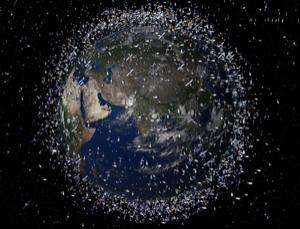
© Martin Lee / Rex FeaturesGravity works the same way on all normal matter, but might antimatter respond differently?
Gravity, we think, works the same way on all matter. But what about antimatter?
AEGIS, a CERN experiment that has just been given the go-ahead, is designed to find out. Gravity is a relatively weak force, so the experiment will use uncharged particles to prevent electromagnetic forces drowning out gravitational effects. It will first build highly unstable pairings of electrons and positrons, known as positronium, then excite them with lasers to prevent them annihilating too quickly. Clouds of antiprotons will rip these pairs apart, stealing their positrons to create neutral antihydrogen atoms.
Pulses of these anti-atoms shot horizontally through two grids of slits will create a fine pattern of impact and shadow on a detector screen. By measuring how the position of this pattern is displaced, the strength - and direction - of the gravitational force on antimatter can be measured.
It's a clever idea, but the devil is in the detail, says AEGIS spokesman Michael Doser. "No one has ever made controlled positronium like this, nobody has ever made a positronium excited state with lasers in an environment like this and nobody has ever made an antihydrogen pulse like this."


